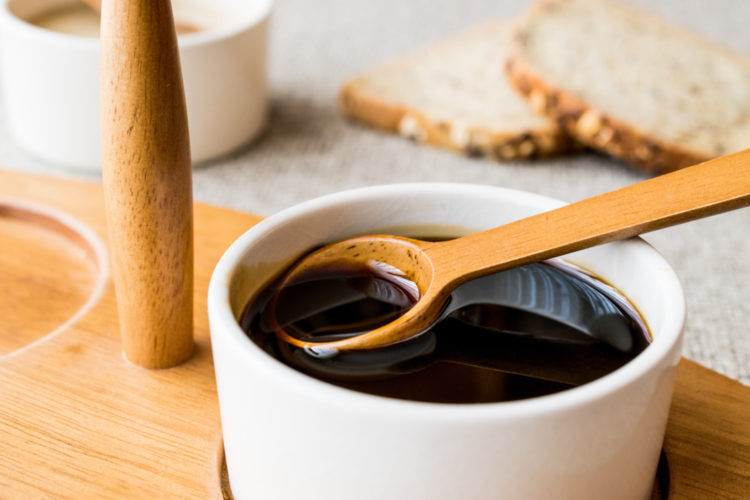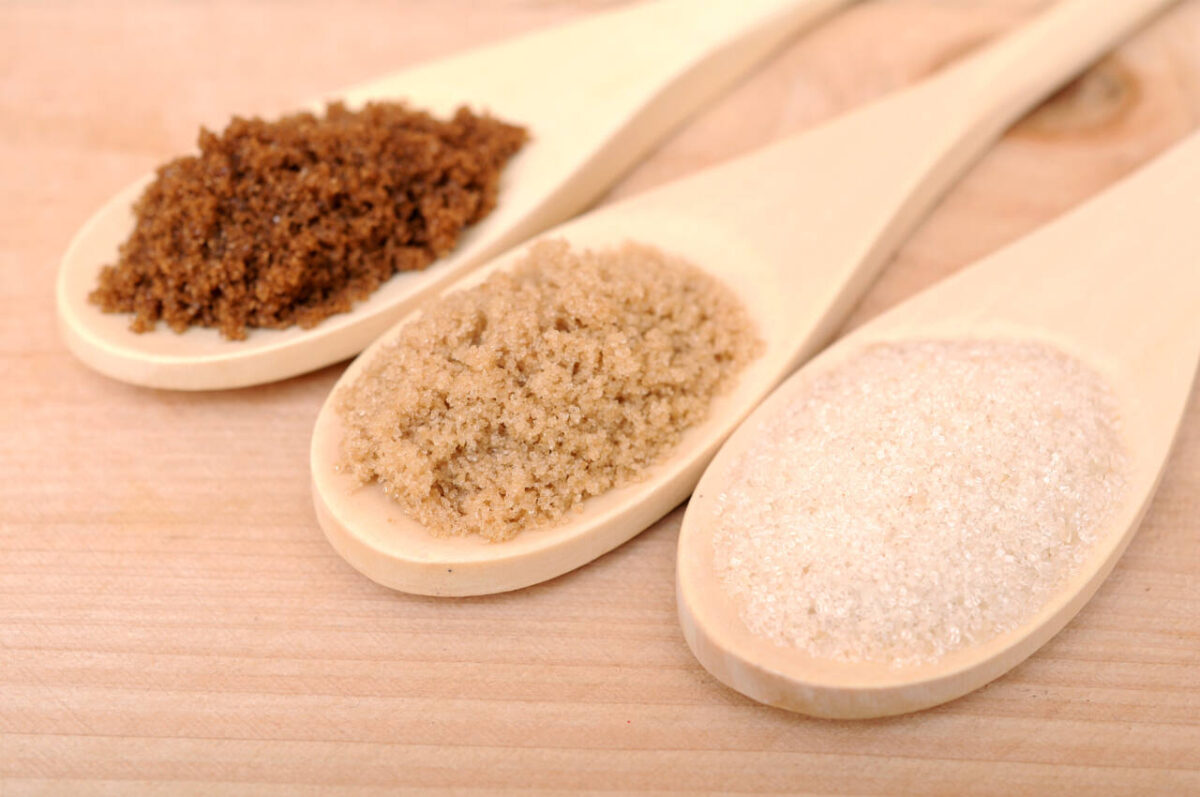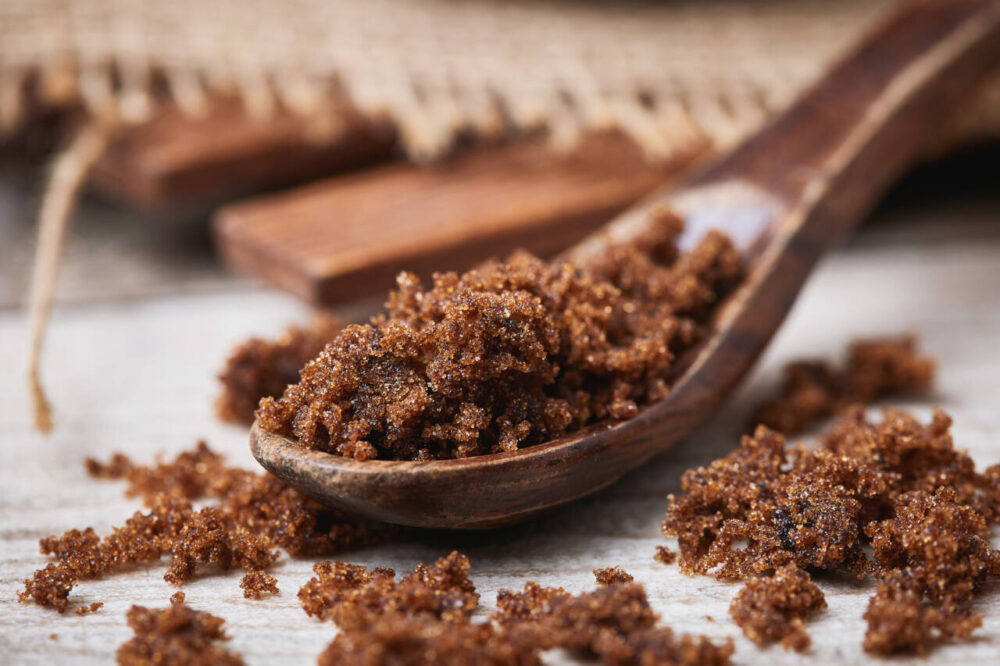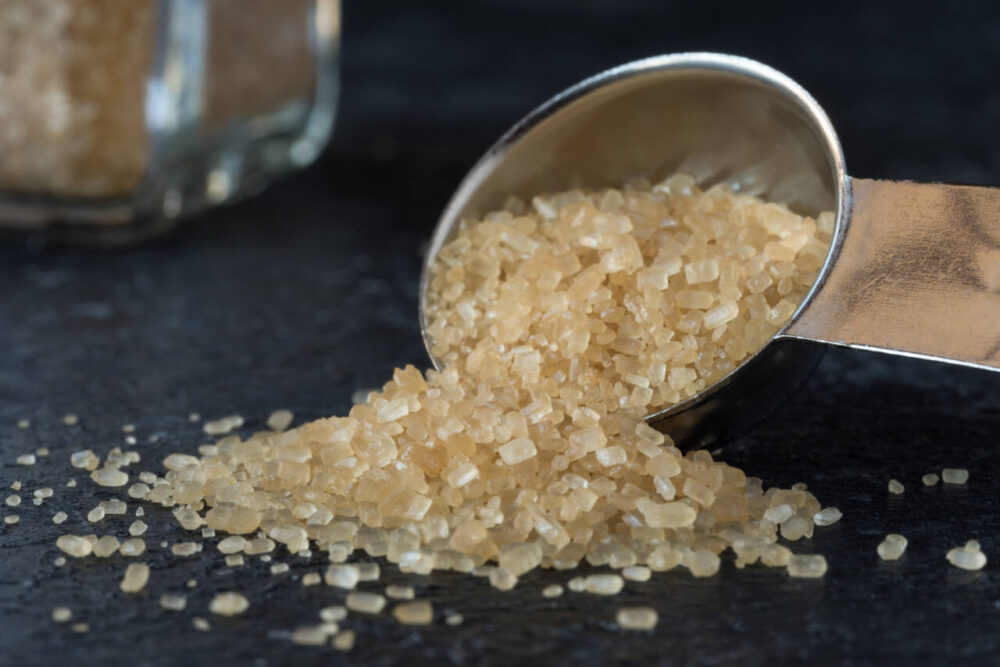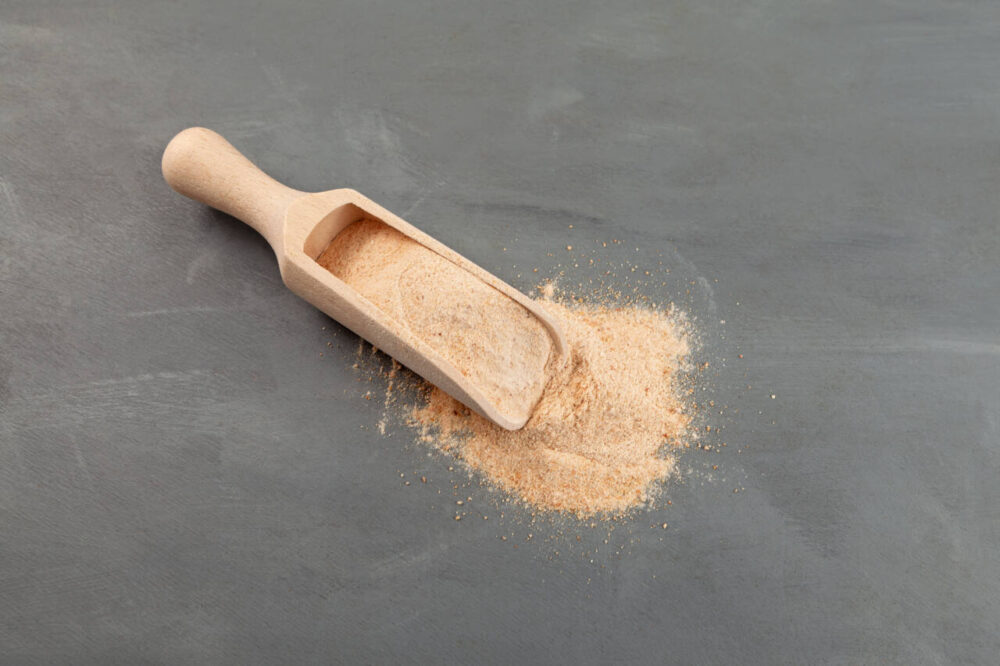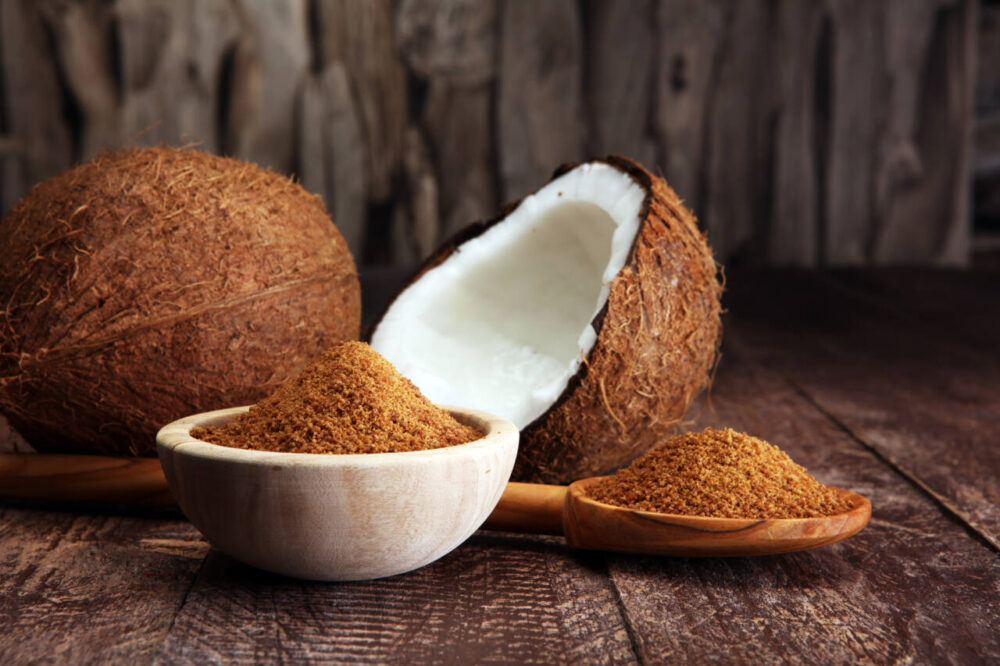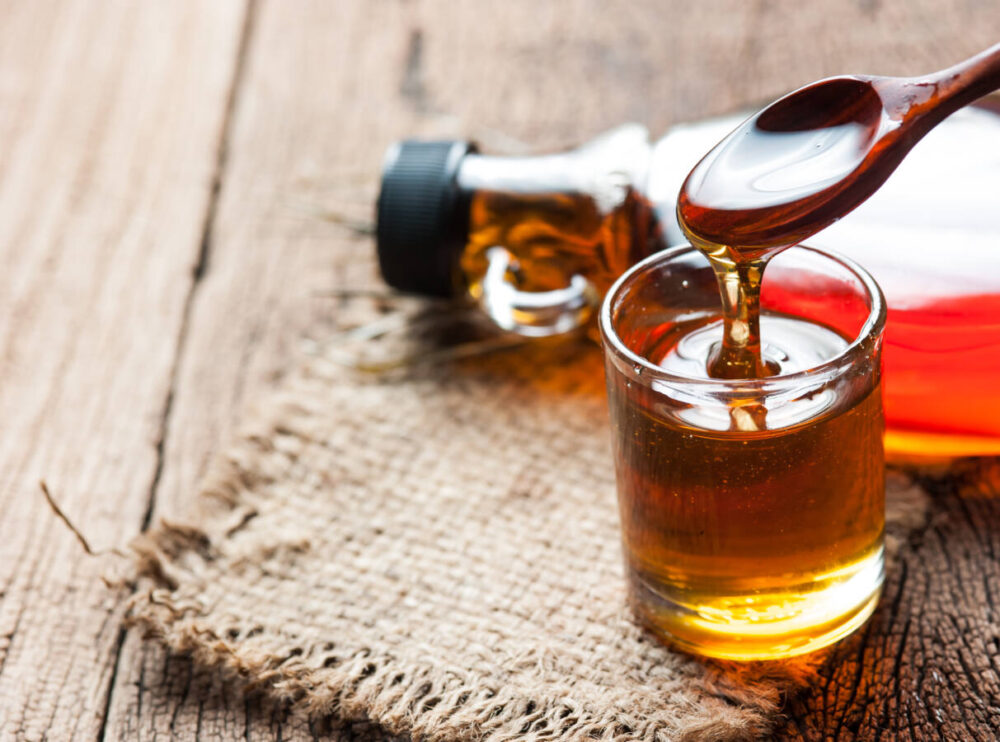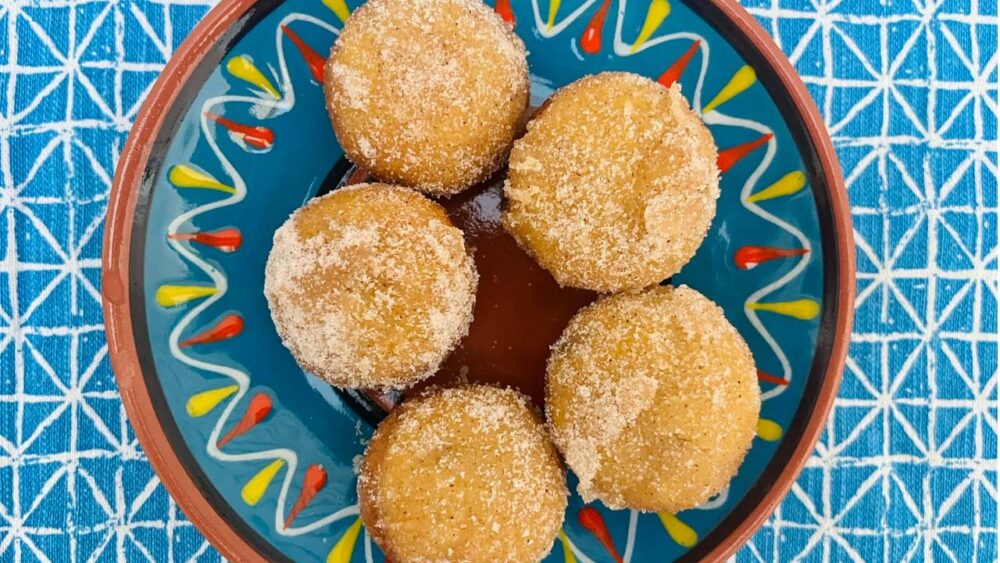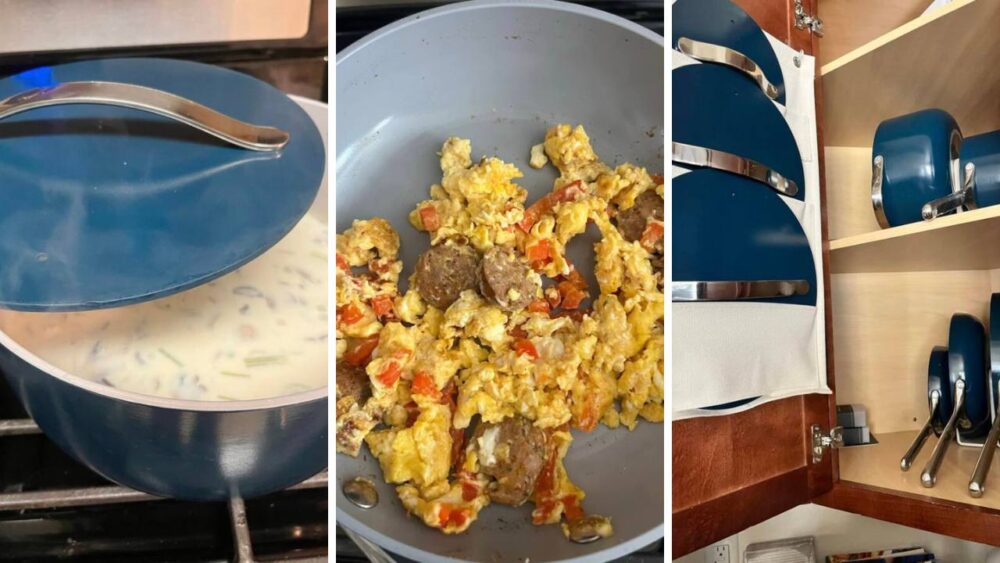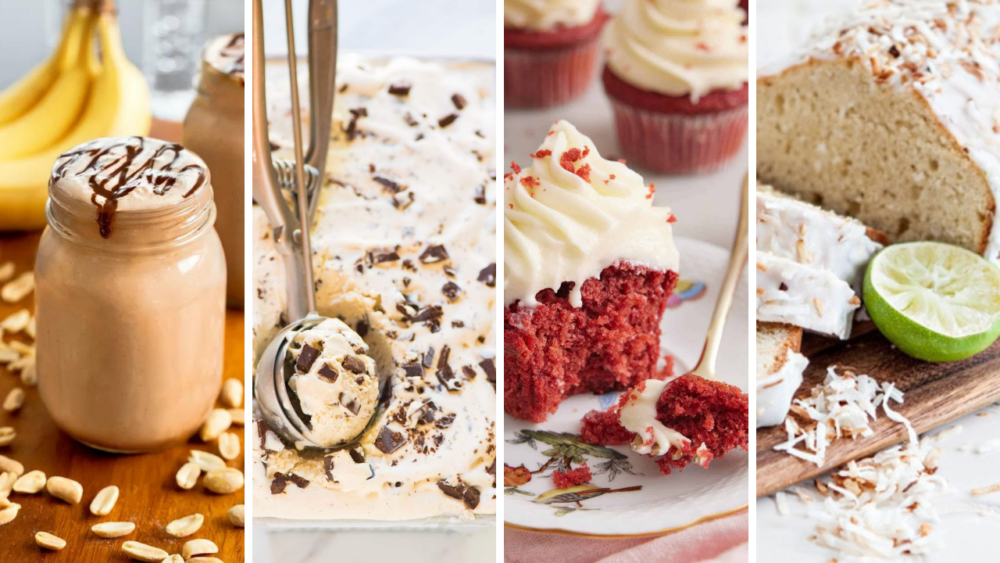Brown sugar substitutes that you can use in a pinch
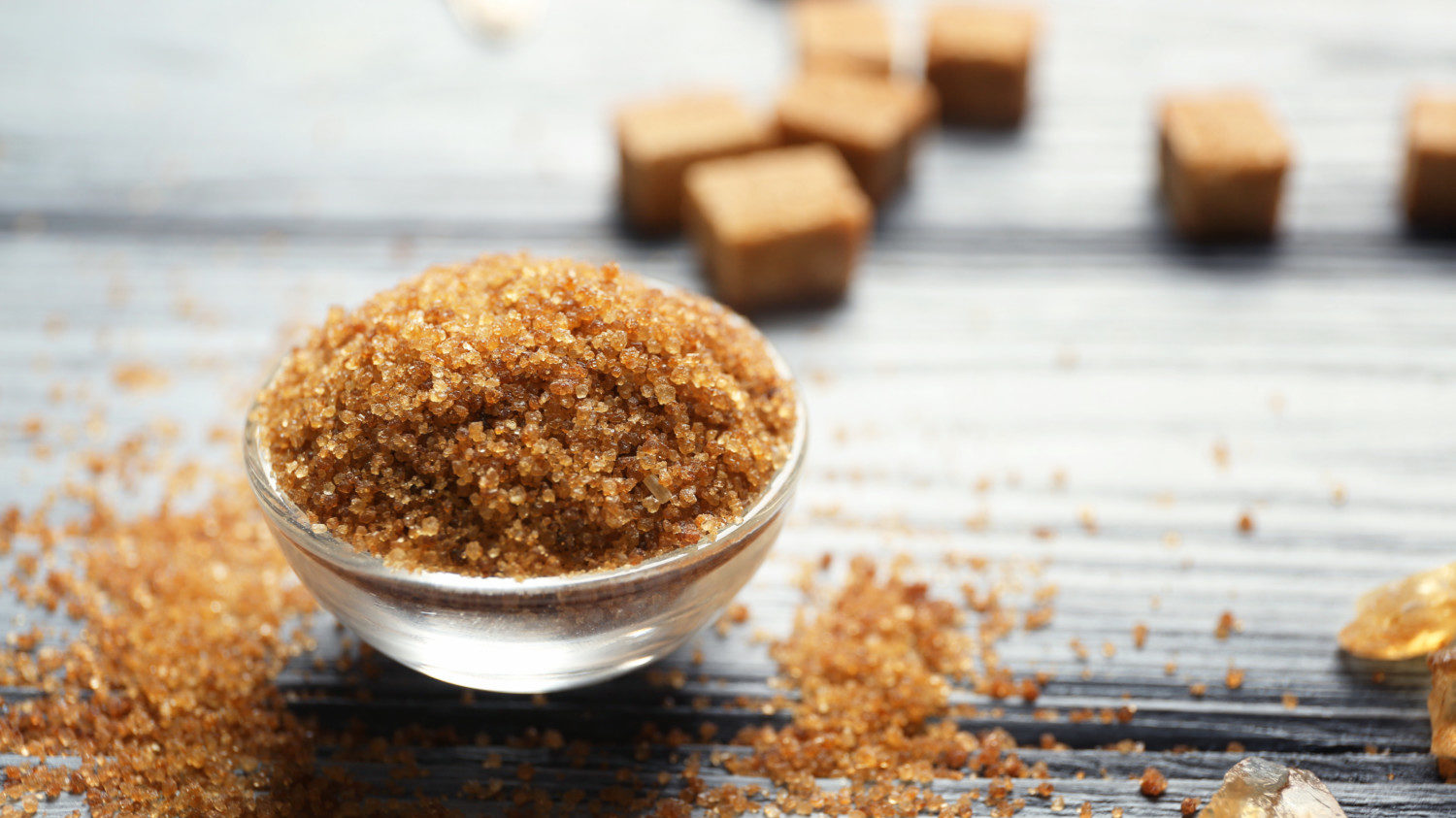
If you’ve ever baked cookies — or sprinkled a delicious, sugary crumble over an apple pie — you’ve probably had to toss some brown sugar in a mixing bowl. Often, you’ll find it in a recipe alongside the white variety. If you’re like me, you may not have questioned this. Two types of sugars just make things doubly sweet!
But how is brown sugar different from the white version, anyway? If you know the difference, you can substitute for it if you find yourself lacking right at the moment you need it. Let’s start with the basics.
What Makes Sugar Brown?
Brown sugar and white sugar both originate from one of two plants: either sugar cane or the sugar beet plant. They differ in crystal size and color, which are a couple of the ways sugars are classified.
Those who process sugar can make adjustments in the way they clean, crystallize and dry the sugar to create different varieties, the Sugar Association says.
For white sugar, producers extract and separate out a brown-colored sugar syrup, called molasses. White sugar is made up of the granules that remain.
For brown sugar, they either leave the molasses in (unrefined), or they add the molasses back once the sugar’s been refined (refined).
Long story short: brown sugar is basically white sugar, plus molasses.
MORE: How to keep brown sugar soft
The damp, dense molasses in brown sugar will make your cookies more soft and moist. White sugar, without molasses, is lighter and airier and creates fluffier baked goods.
Brown sugar also adds more of a caramel or toffee-like flavor, while white sugar tastes slightly sweeter and has a more neutral sugar flavor.
If your recipe calls for both types of sugar, it’s looking to benefit from the different qualities of each type. Hopefully, you’ll end up with a nice balance between moist and fluffy — with just the right amount of caramel taste.
Is Brown Sugar Healthy?
We all know that brown rice is healthier than white rice, so does the same idea hold true for sugar? Sadly, no. According to the U.S. Department of Agriculture, brown sugar comes in at 380 calories per 100 grams, compared to white sugar’s 385 calories.
Australia’s Sugar Nutrition Resource Centre notes that brown sugar has slightly higher levels of potassium, iron and calcium than white sugar, but the difference is so small, it’s insignificant. For the most part, sugar offers empty calories without much nutritional value.
What’s the Difference Between Light and Dark Brown Sugar?
The more molasses in your brown sugar, the darker it is. Light brown sugar typically has 3.5% molasses, and dark brown sugar usually has about 6.5%. Naturally, the caramel flavor is slightly more pronounced in dark brown sugar.
How Do You Make Brown Sugar?
You can add your own molasses to white sugar to make brown sugar. For dark brown sugar, combine 2 tablespoons of molasses with 1 cup of white sugar and pulse it in a food processor until well mixed. For light brown sugar, use just 1 tablespoon.
What Are Some Smart Brown Sugar Substitutes?
If you are out of brown sugar (and want to avoid a trip to the grocery store for just this one cookie ingredient), you can always use white sugar in its place or try making brown sugar. On the other hand, you may want to expand your flavor palate and try another sugar with a slightly different taste. If so, consider some of these alternatives.
Muscovado Sugar
MORE: Save Money With This Wonderful DIY Brown Sugar Scrub
Muscovado is a natural, unrefined, artisanal sugar — the least processed sugar on the market. It’s made through a labor-intensive process of extracting the liquid from cane juice while leaving the molasses in. But while it sounds fancy, you can actually buy it at most grocery stores or retailers like Walmart and Amazon.
It’s darker and moister than brown sugar and has a more intense caramel flavor. As for its health profile, it’s slightly more nutritious than regular sugar.
“It contains some minerals like calcium, potassium, magnesium and manganese,” registered dietitian Edibel Quintero told First for Women. “However, muscovado sugar should be used in moderation because it is still a sugar high in calories and low in fiber, which causes spikes in blood sugar levels.”
Turbinado Sugar
Like brown sugar, turbinado sugar comes from sugar cane — but it comes from the first pressing. That makes it less processed than regular brown sugar, and it holds onto some of the molasses during the refining process. But the caramel taste is stronger and the crystals are larger than in typical brown sugar.
“It’s most commonly used as a crunchy topping,” pastry chef Fany Gerson told Martha Stewart. “I think of it as a finishing sugar … I also love it on top of a cobbler.”
Being less refined, it’s a bit more nutritious than regular sugar, but not by much.
“It may have a lower impact on blood sugar, but at the end of the day it’s still sugar,” chef and nutritionist Tricia Williams explained in the same article. “It should be treated as a recreational treat.”
Date Sugar
Date sugar is actually a coarse powder made of ground-up, dehydrated dates. While it looks similar to brown sugar, it has a slightly different, butterscotch-like flavor.
Dates in general are a highly nutritious food, with beneficial minerals and antioxidants, so this makes it a healthier alternative to table sugar. That said, it has a similar number of calories as white and brown sugar, and you’d have to eat very large quantities to receive much of a nutritional benefit. In other words, eat it as sparingly as you would brown sugar.
Coconut Sugar
Coconut sugar is made by extracting the sap from a coconut palm tree and putting it through a boiling and reducing process — which caramelizes the sugar into brown-colored granules.
Like brown sugar, it retains moisture well, adds a golden brown color to baked goods and tastes a bit like caramel. And like date sugar, it’s less processed than most kinds of brown sugar. It does have some natural nutrients like minerals and antioxidants.
But, “such small differences in overall nutrient content would only be relevant if you’re already consuming huge amounts of sugar, so the benefits [are] outweighed by the consequences of consuming the sugar itself,” registered dietitian Maddie Pasquariello told Martha Stewart.
Maple Syrup
Maple syrup comes from the sap of maple trees. As people try to steer away from refined sugar, it’s becoming an increasingly popular alternative in recipes. It has a lower glycemic index than sugar, so your blood sugar levels won’t spike as quickly.
“Maple syrup has a nutritional advantage over sugar because it does not contain any additives, and the processing allows it to retain its nutrients, including manganese, riboflavin, zinc, magnesium, calcium, and potassium,” Dr. William Dixon of Stanford School of Medicine told Real Simple.
Despite these advantages, it’s still considered an added sugar and should be measured out just as sparingly.
In many recipes, you could take out the brown sugar and swap in the same amount of maple syrup. If you use 1 cup of maple syrup in place of 1 cup of brown sugar, reduce the amount of other liquids, using ¼ cup less.


